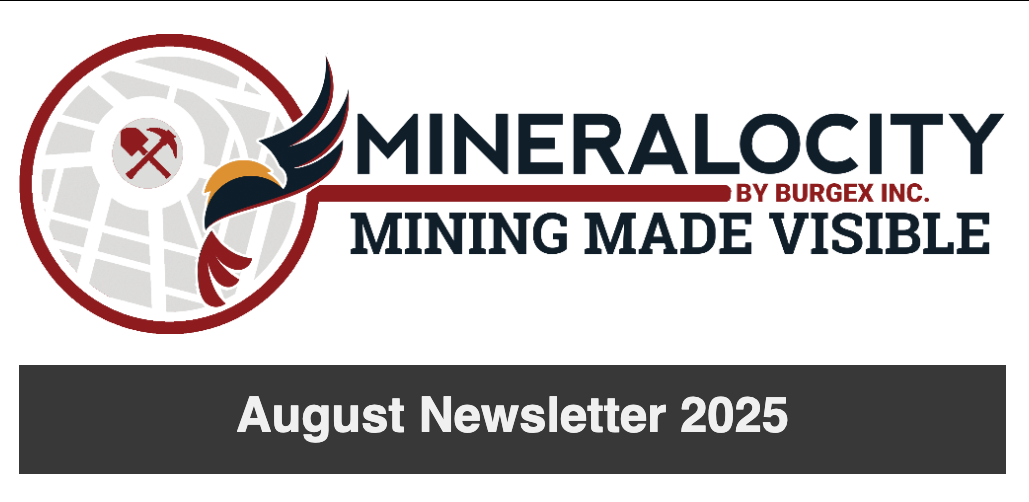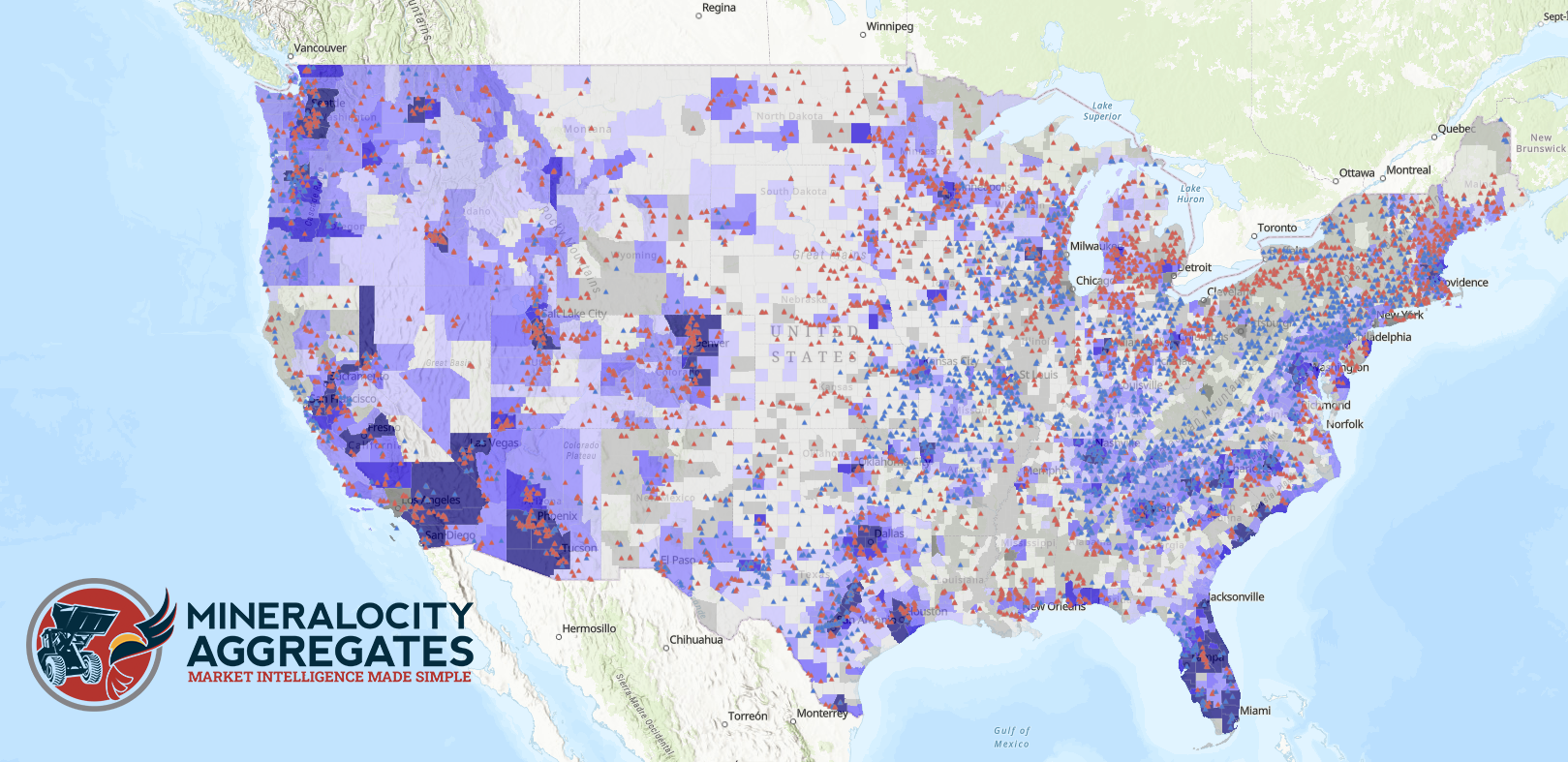Q: What is your role at Burgex?
I am a mining engineer, specifically within the consulting group. I started my career seven years ago doing mining engineering work in the construction aggregate space and have been at Burgex for more than three years.
Q: What types of projects do you typically work on?
Mine design, and mine planning such as mine/site layouts, pit shells, volume calculations, production schedules, cycle times, equipment matching and selection.
Valuation work that focuses on implementing a mine plan and calculating operating costs into the life-of-mine plan, all of which feed into the valuation.
I also run models and analyses on currently operating quarries to estimate annual production to evaluate supply that is entering a particular market.
Q: When a client comes to Burgex with a general area of interest, how do you help them determine if a site is worth pursuing?
Before Mineralocity, we did a lot of Preliminary Assessment for Site Suitability (PASS) reports. They are very high-level reviews that report on the local market of a site, and the technical feasibility of that site. An analysis is done on a site-by-site basis, as the models require input of the tract boundary to run properly. We give the site a letter grade from A+ to F, in two categories: market, and technical feasibility. This allows our clients to quickly compare multiple sites and helps them decide where to allocate resources to progress further.
Q: What if a client only has a vague idea of where they want to look to expand or start a new greenfield location?
This is where Mineralocity comes in. It’s hard to choose an area, but we have an idea of where there is a lot of demand for aggregate. It’s really difficult to say whether one area is better than another. It depends on all the other suppliers in the area and distance from metro or population centers, so it can be very difficult to look generally, like a full state or region, unless you have a tool like Mineralocity. With Mineralocity the entire United States can be visualized, and every active producer for construction aggregate can be seen with our GIS-based platform. The map has colorized symbology based on PASS report scoring for easy understanding of where to start looking. With a map like that, it is easy to see how one area compares with another. We also use Mineralocity to perform market share analysis and help our clients identify possible growth opportunities via mergers and acquisitions (M&A).
Q: If a client did the initial market study themselves using Mineralocity, how much time could they potentially save?
Well, it’s not terribly complicated to analyze a potential site if you have the data, and for the most part clients usually have a good idea as to whether it is a “good site“ or not. What would really save a client time is to run this analysis repeatedly on multiple potential site locations. The amount of data you can get from Mineralocity is the same as one of our professional analysis PASS reports, which can take a few hours just to find out that it is not a good site, or whether they should look somewhere else. In Mineralocity, with a simple click of the mouse they will instantly know if they should pursue a location or not. That is a real time-saver.
It is amazing how much data we have incorporated into the platform, but there is so much more on the back end that feeds into it. When a client does this on their own they must comb through so much data, which is incredibly time-consuming. Mineralocity can show a summary of all the data very concisely. If more depth or explanation is needed for all the datasets incorporated, our consulting team can provide that additional expertise.
Q: Ideally clients will use the Mineralocity platform to refine their area of interest to a couple of sites. How does Burgex further help them advance that area?
Mineralocity can really help clients discover a more refined area, but it’s hard to put all the back end data into the platform in a way that it can be seen.
The ideal workflow would be:
Client picks a site and evaluates it using Mineralocity to determine where there is good demand, population, supply in the area, favorable geology, and where the population is growing or declining. We are currently working on adding parcel data to determine if the land is available or not.
Burgex assesses that specific site and investigates it more deeply, starting with its geology to make sure the material on site passes Department of Transportation specifications. Burgex then investigates the specific market, pricing, production costs, and conducts a study of where in the market that material will go.
By doing this further analysis, we can give the client a fully detailed market report on their potential site and they can make an educated decision on whether to pursue the site or not.









